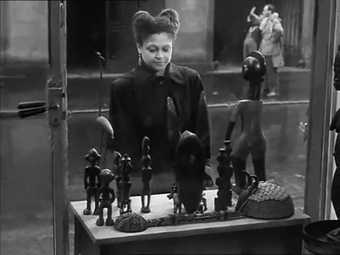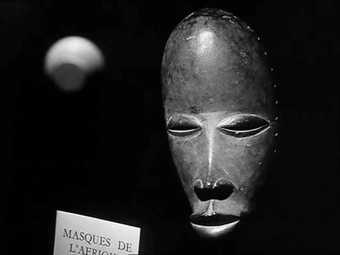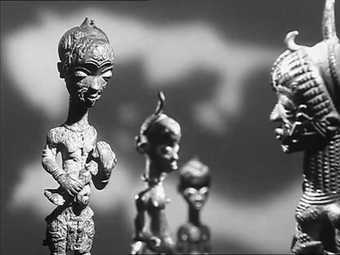Magiciens de la Terre took place in Paris in 1989 and was promoted as āthe first worldwide exhibition of contemporary artā. While that claim must be examined and contextualised, the show undoubtedly challenged the Western art system radically from within and prompted heated critical debate. The film programme that accompanied the exhibition, curated by from Jean-Michel Bouhours and GisĆØle Breteau, presented in the Cinema of the Centre Georges Pompidou, has been less discussed to date, yet is no less interesting. Revisiting some of the films it brought together, at É«æŲ“«Ć½ today, we may assess the legacy of colonialism and inklings of globalisation as conveyed by the moving image, and consider developments over time in ethnographic film.
This opening session will introduce the 1989 exhibition and the film programme with illustrated talks and discussions. Lucy Steeds will expand on the her core contribution to the recent book Ģż(London: Afterall, 2013) and Jean-Michel Bouhours, Curator of Modern Art at the Pompidou and formerly of the Cinema department will discuss the original film programme and its influence on the Centre Georges Pompidou.
A screening of Chris Marker and Alain Resnaisās influential film, Les Statues meurent aussi / Statues also die (1952Āā53) will be followed by a panel discussion with Mark Francis co-curator of Magiciens de la Terre, Jean-Michel Bouhours and Lucy Steeds chaired by Elvira Dyangani Ose, Curator of Modern Art, É«æŲ“«Ć½.
Les Statues meurent aussi / Statues also die
Chris Marker and Alain Resnais, France, 1952ā53, 30 min
Commissioned by the journal PrĆ©sence Africaine, this film offers reflections on the significance of African objects as gathered in ethnographic museums inEurope and as originally produced. Chris Markerās memorable script opens with the words, āWhen men die, they enter into history. When statues die, they enter into artā¦ā



